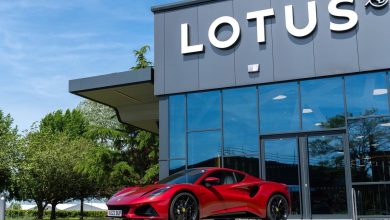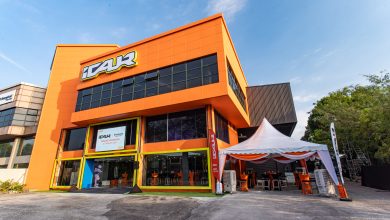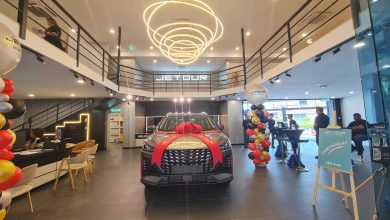Riders Ready For Grab Boycott On Friday Over Fee Restructuring

This proposed Grab Blackout by disgruntled riders is due to the reduced delivery base fare.
While once having looked to do no wrong, Grab however has been courting its fair share of controversy lately. The latest of which is also perhaps the most serious to date, with its delivery riders currently calling for a boycott of its services this Friday (19th January) over its new fee framework.
Disgruntled with Grab’s revamped earnings structure that took into effect yesterday, its legion of riders have since threatened to enact a nationwide blackout of its delivery services from 7 a.m. to 12 midnight tomorrow at time of writing. Several posters regarding this boycott making the round on social media also includes proposals for its protestors to physically gather at Grab Driver Centres across the country, as well as at its headquarters in PJ.

The root cause of this proposed boycott by riders comes from Grab having reduced its base fares for deliveries from RM 5.00 to RM 4.00, while increasing incentives for peak-hour deliveries, distant pick-ups and extended wait times to pick-up deliveries. Riders are currently alleging that this restructuring benefits only a select few at the cost of the majority, as its incentives are not to be evenly distributed among its gig workers.
Riders too have apparently been expecting for this revamped earnings framework to see its base fare levels return to the RM 7.00 mark instead of falling further like it did, which further fuelled this current disgruntlement and boycott proposal.

It is perhaps also worth highlighting here for this proposed boycott on Friday to incidentally be the second time in six months that delivery riders have vented their frustrations over its dues. On the 4th of August last year, food delivery riders from both Food Panda and Grab had staged a 24 hour blackout in protest of lowered delivery fees and to demand for better social security and protections for their work.

Now in its attempt to quell the protests, Grab has defended for its revamped earnings to “benefit our most active delivery partners”. “This is done with reference to our delivery partners’ recent feedback about bookings that involve longer wait times at merchants’ outlets or pick-ups that are further away,” it further reiterated.
In a rather interesting move as well, the Malaysian P-Hailing Delivery Riders Association (Penghantar) has emphatically stated they would not be participating in this particular protest. Its president, Zulhelmi Mansor, said they would remain neutral on this issue.
And on the topic of interesting, it will certainly be so to see if this second round of boycott will be more effective than the prior inaugural attempt. But if to be based on recent historical evidence, it would unfortunately be not too unlikely for there to be a third time in the near future…





